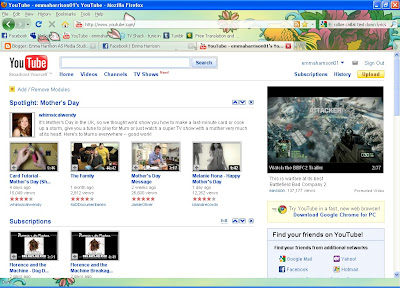- Experience with a DSLR camera. Prior to the preliminary task I had not used a DSLR camera, so after becoming aware of the uses and functions on the preliminary project, i was able to further and develop skills so i could take a more professional shot.
- As opposed to the preliminary project, i was a lot more familiar with my target audience, making it a lot easier to create a stylised magazine. This is because i was aware of what sort of language typical "indie-rock" music listeners would use, clothing they would ware, interests they would have, etc. This differs to the preliminary project as it was only a student magazine, making the target audience a lot more diverse.
- Experience with Quark Xpress and Adobe Photoshop. I have learned more about the functions and tools used on these programs, some of which have been illustrated bellow:
Research and Planning
- An original draft for my magazine logo. This didn't work because it very bold and eye catching, which is not what i wanted for my magazine.
- The final design for my magazine logo. This worked because it stands out on the page, whilst being quirky and original, which is what i wanted my magazine to represent.
Also, research allowed me to gain inspiration from other magazines, so i could adapt and develop ideas from them. I didn't do this in as much detail for my preliminary project because i couldn't find as many examples of good student magazines. This was something that i learned from after the preliminary because as I lacked inspiration, it was difficult to make a final product. The research into other magazines also allowed me to produce a detailed plan during the research and planning for my main coursework project. This proved helpful later on when taking photos for example, as i knew what i needed to take photo's of, whether they needed to be mid-shot, long-shot, etcetera. This wasn't done for the preliminary but played a very useful part in the production of my magazine.
Comparisons















